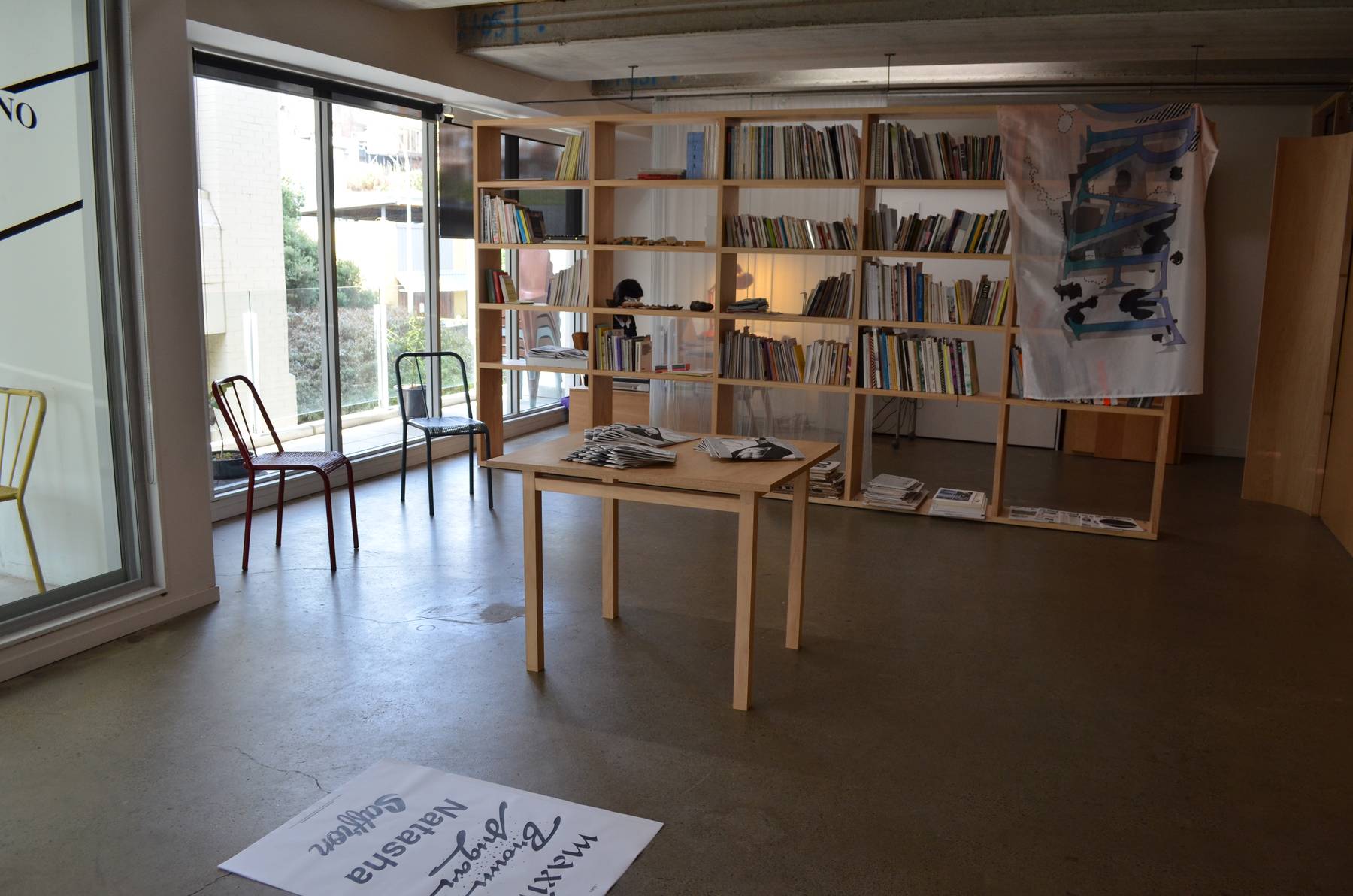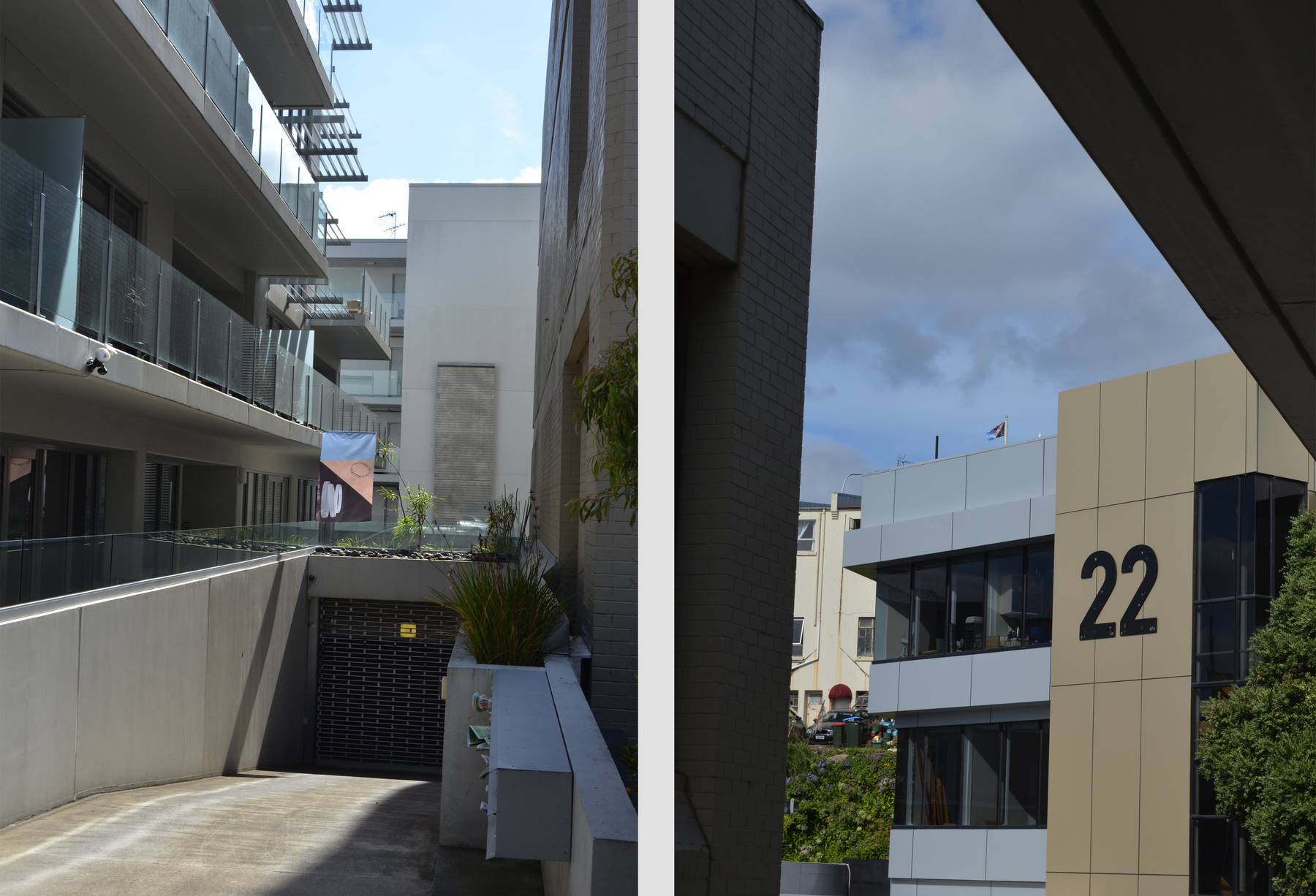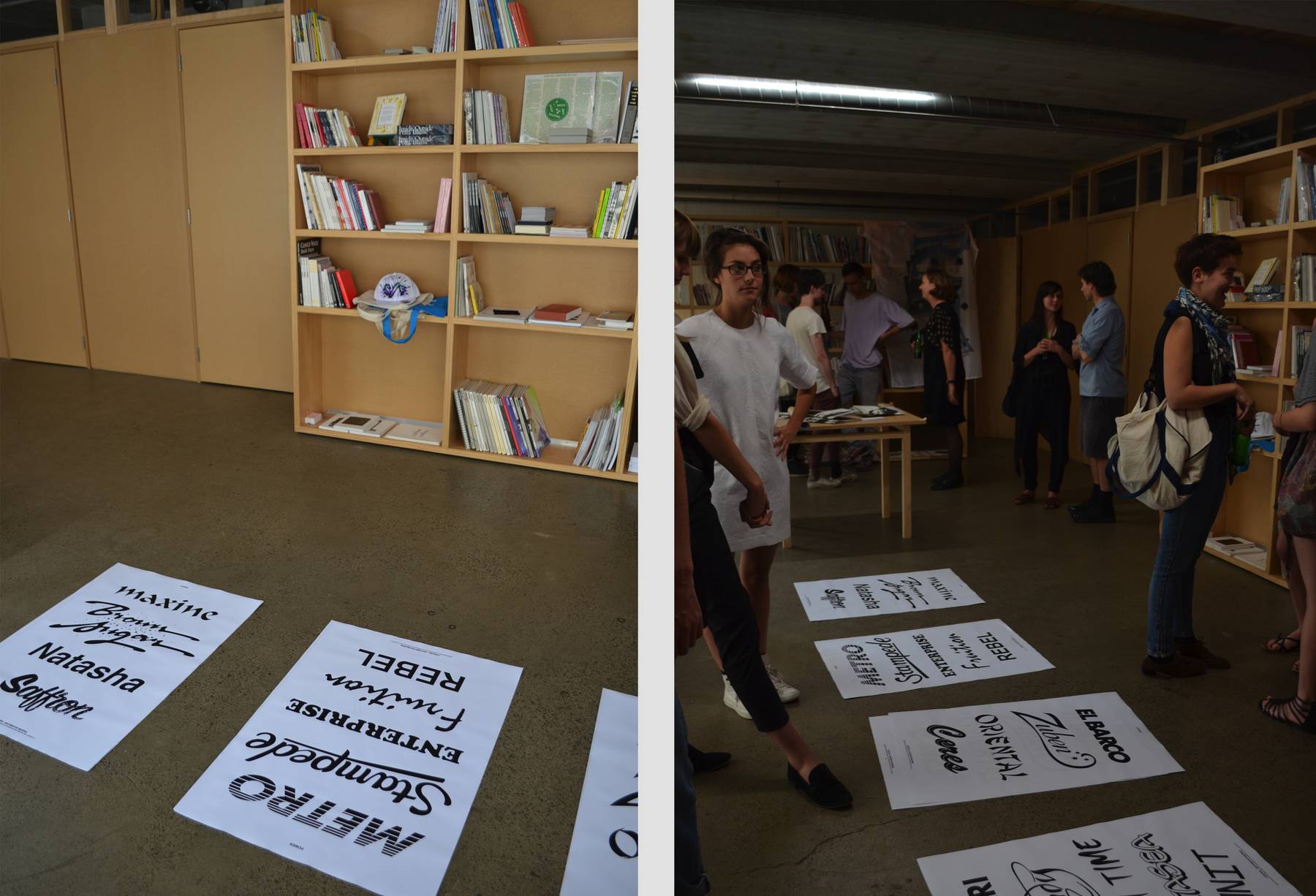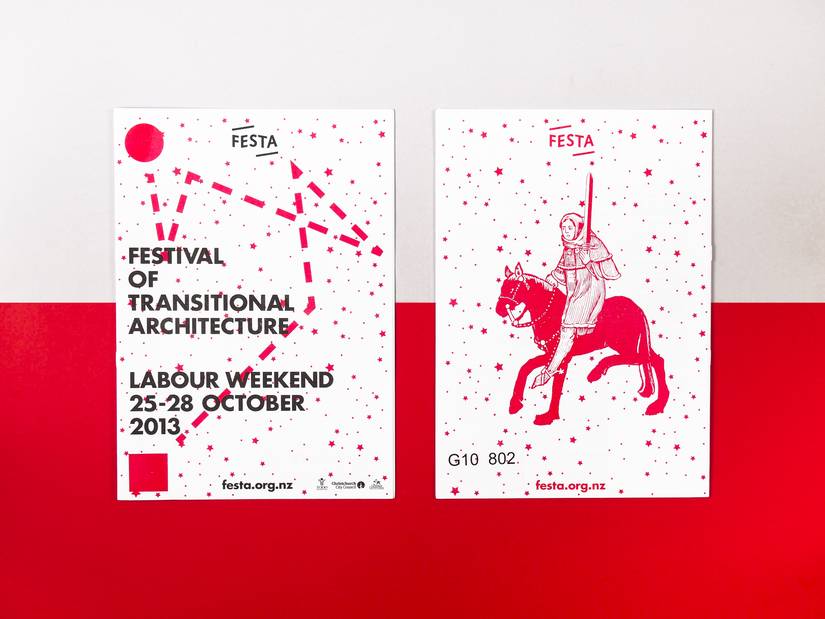Seeing Which Way the Wind Blows.
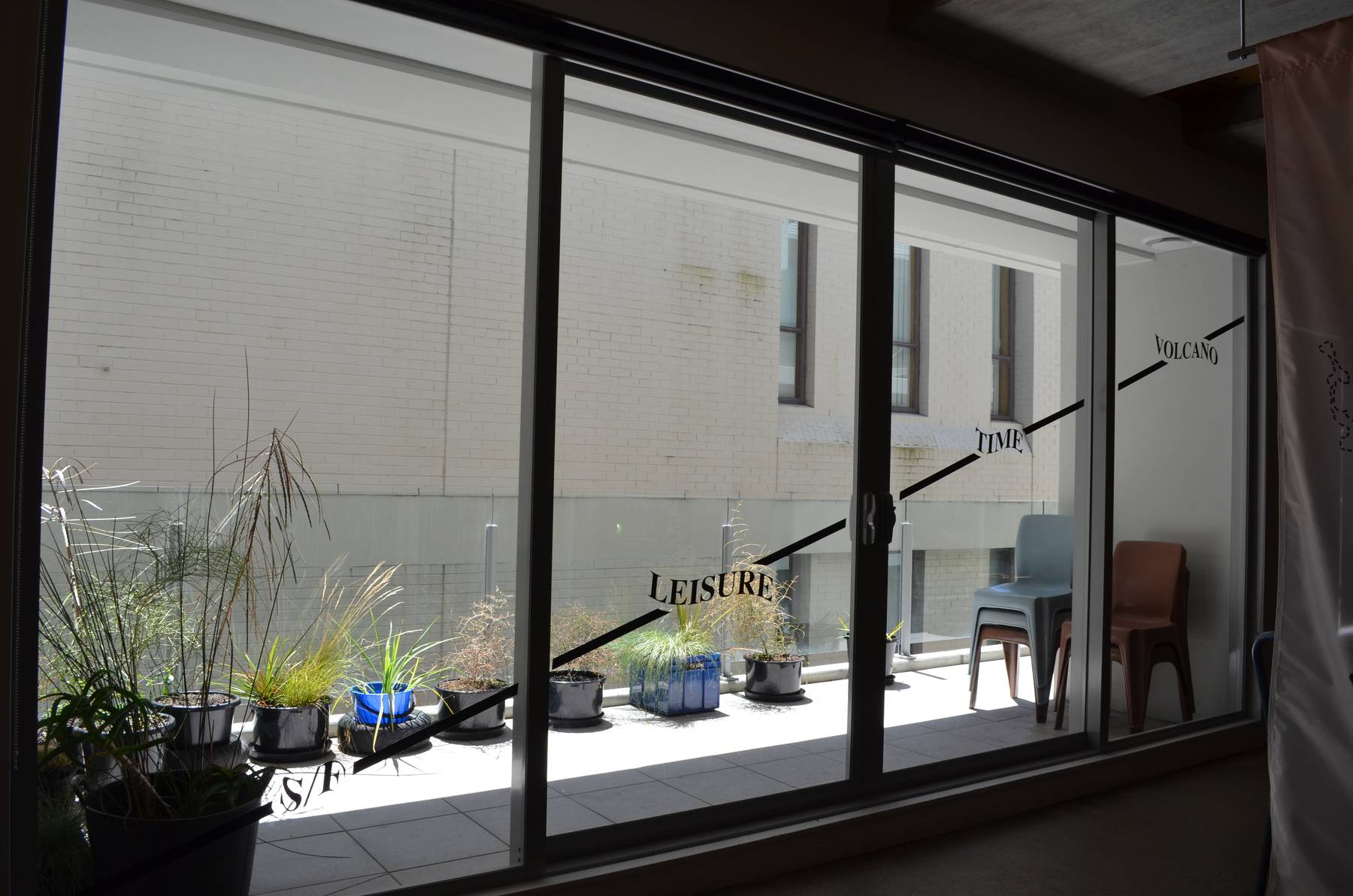
Seeing Which Way the Wind Blows was a collaboration with Ella Sutherland at Split/Fountain (Auckland). As graphic designers working outside of the traditional client-designer relationship, we were interested in framing graphic design as a tool for research.
Our goal was to spend some time in Auckland and paint something of a subjective portrait of it as a place, through a public talk, evolving exhibition and finally, the production of a publication to end the project. We felt the best way to approach this project was to decide on four specific lines of inquiry to follow.
In this instance, ‘graphic design as a tool for research’ could be best described as looking at a place through the visual languages that existed in that place, and using what we found to prompt new work/observations. We spent a week in Auckland, using S/F as a meeting point and studio, a point of entry into Auckland City.
The project had three phases; it began with an introductory public talk at S/F, followed a week later with a showing of our research, and then concluded a month later with the release of S/F/Leisure/Time/Volcano – a publication that collects all of the content and new works produced out of our research.
Inquiry 1: S/F - as our ‘home base’ it seemed appropriate to use it as a subject matter.
Inquiry 2: Leisure - we were interested in what leisure activities might help to define Auckland as a place, and ended up looking into the yacht clubs and boating culture.
Inquiry 3: Time – we were interested in what might define Auckland at a specific time of day. This led us to visit the Saturday morning Otara Market in South Auckland.
Inquiry 4: Volcano – We were interested in talking to some experts about the implications Auckland existing on top of a large, active Volcanic Field.
Phase 1: Public Talk & Propositions
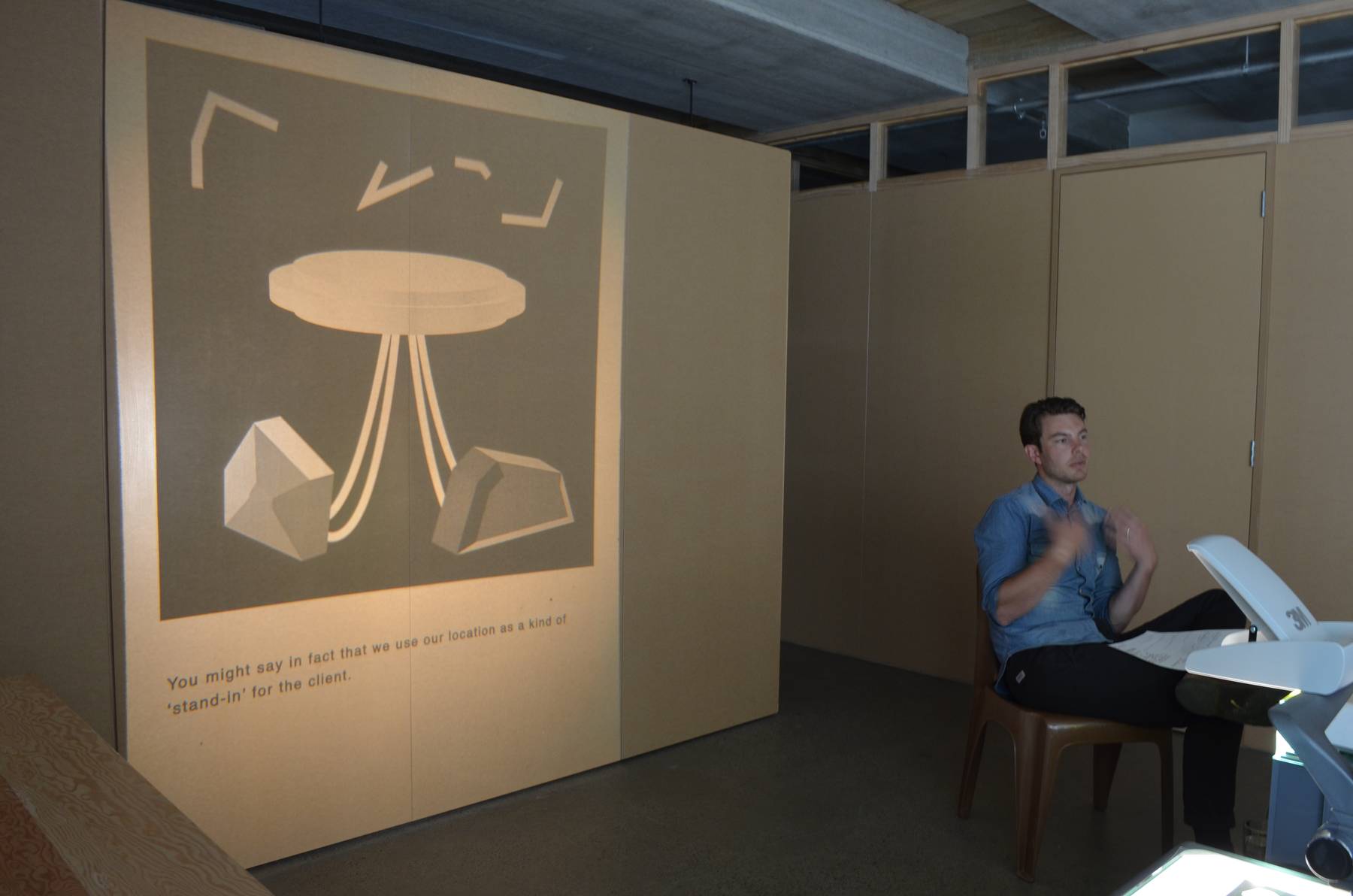
The project was launched on the 9th of February, 2013, with a public talk that proposed our approach to the project, using an OHP, A4 handouts, a vinyl diagram, and a 'draft' flag. The flag was important—being a draft, it signified our lack of set direction, and our intention to turn up and see what was happening. As we noted in the original press release for the show: A flag may be used as a symbol, as a signaling device, or as a decoration. It may also be used to perform the simple task of seeing which way the wind blows
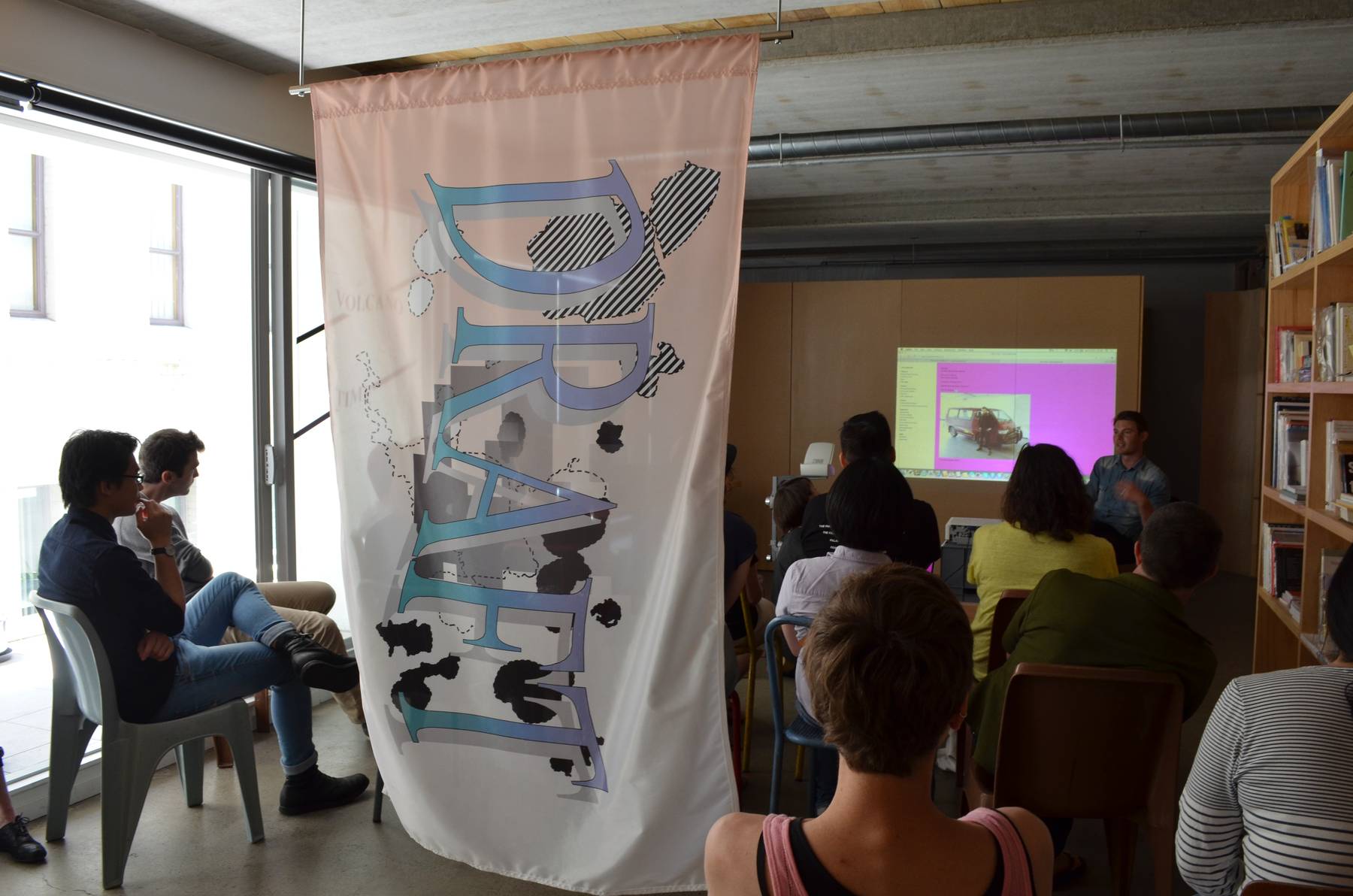
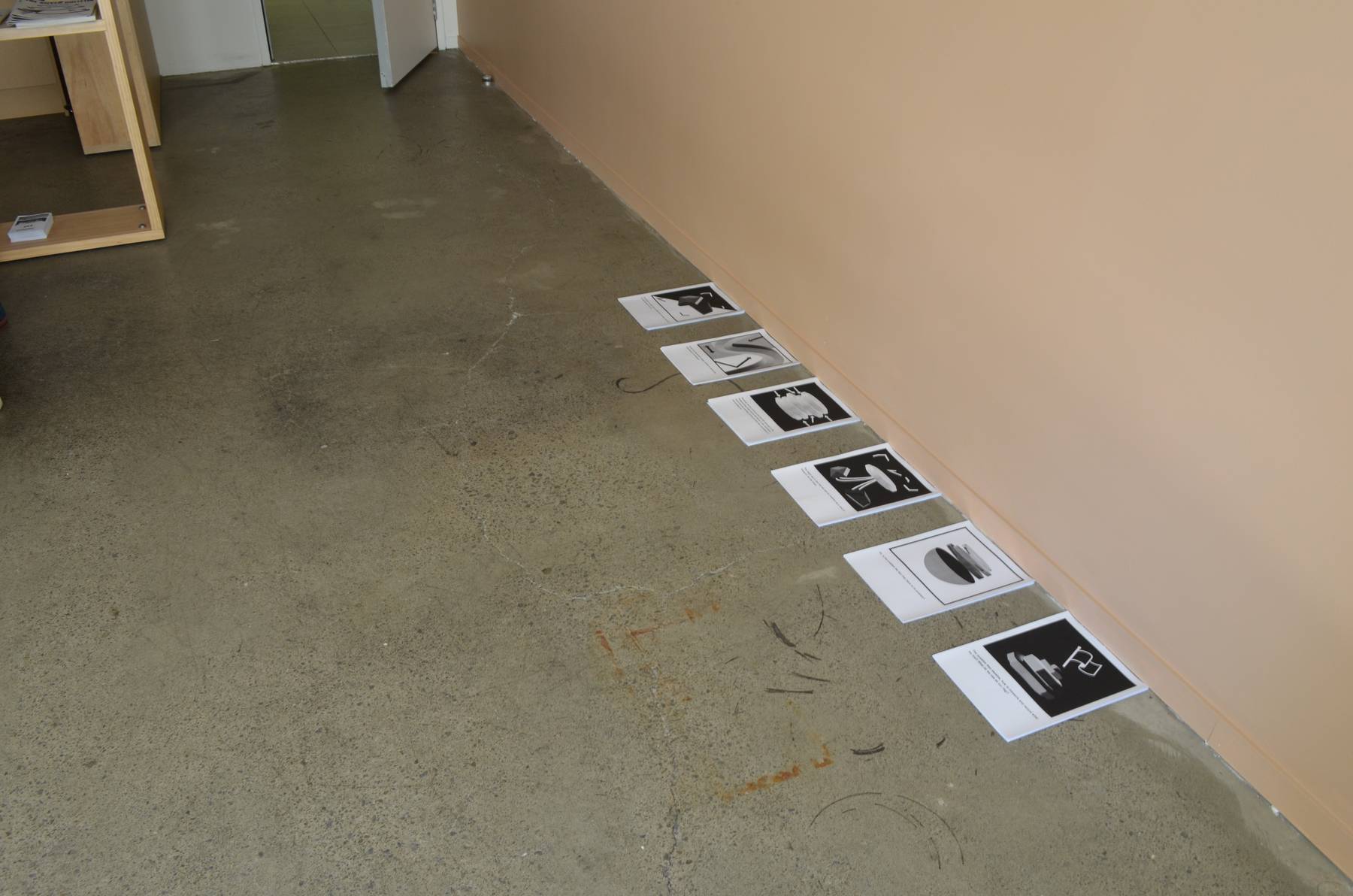
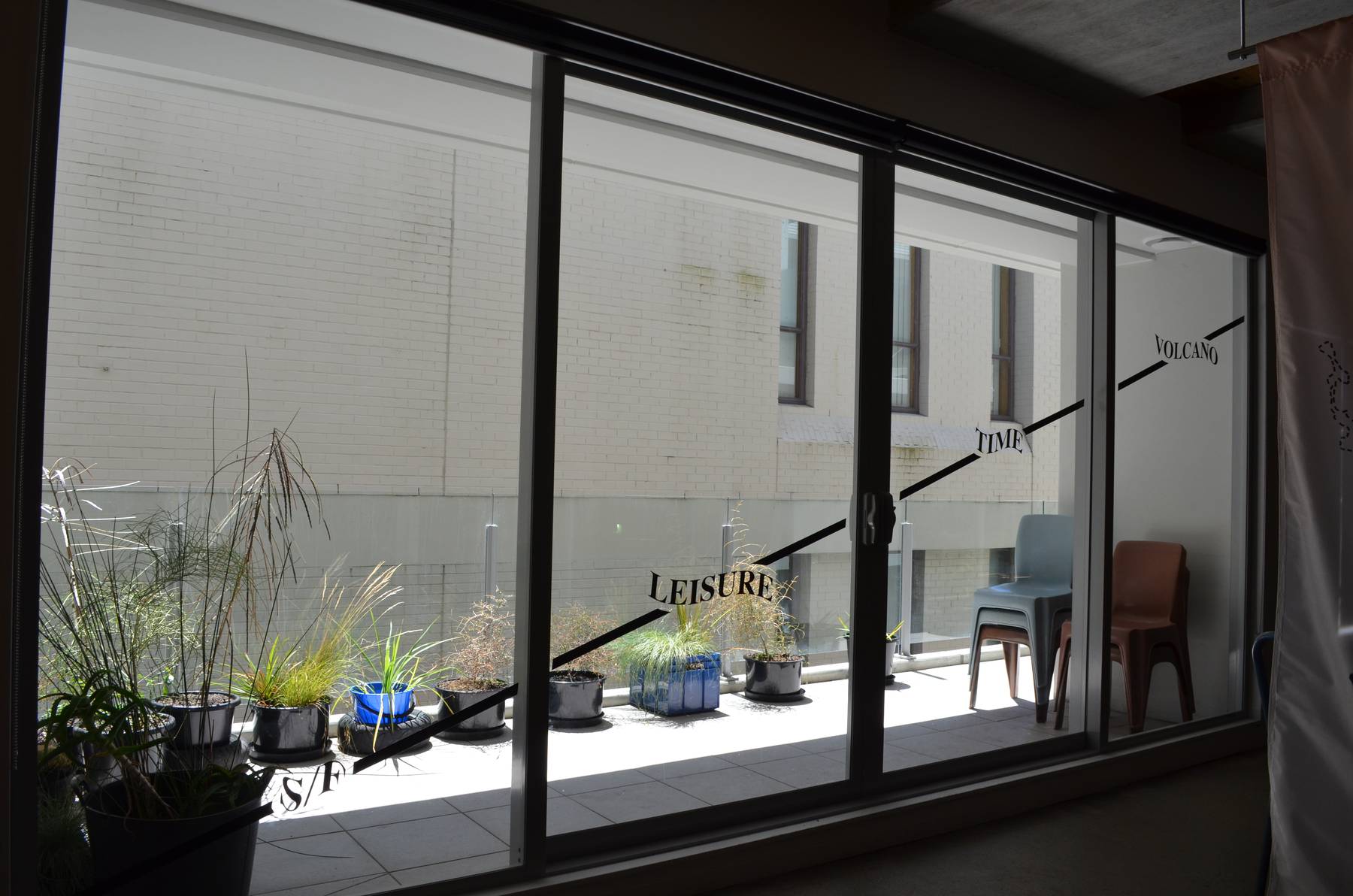
Phase 2: Presentation of Research
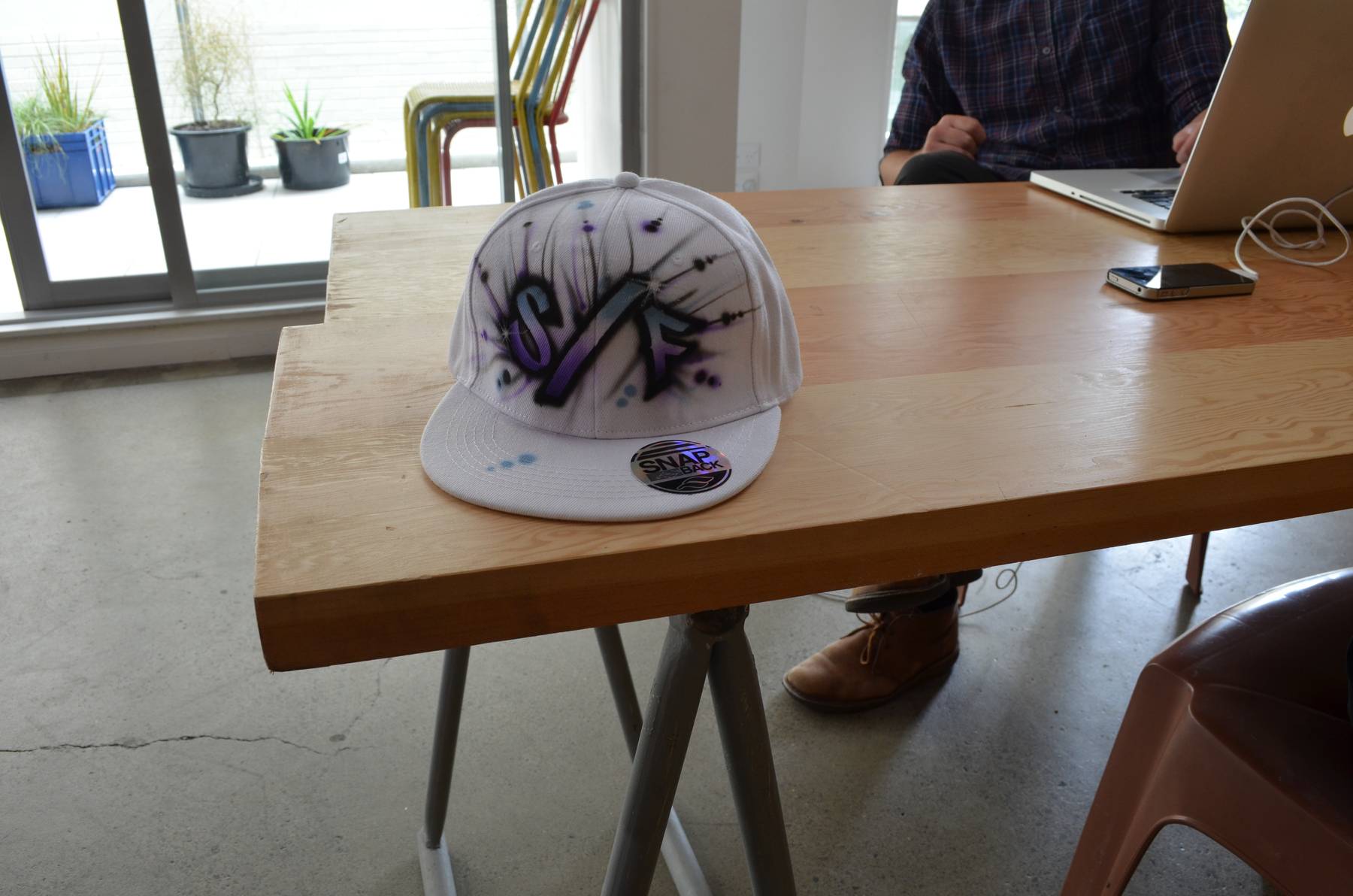
At the end of our week-long stay in Auckland—using S/F as a studio and investigating the city—we had a bunch of research, objects and ideas floating around. As a way of opening up our process and engaging the audience as much as possible, we presented all this raw information as best we could in the space, using cheap photographic prints, video, and locally produced items such as flowers and bespoke airbrushed hats. This ended up being a really interesting way of forcing us to make some quick decisions about what to present, and how to present it.

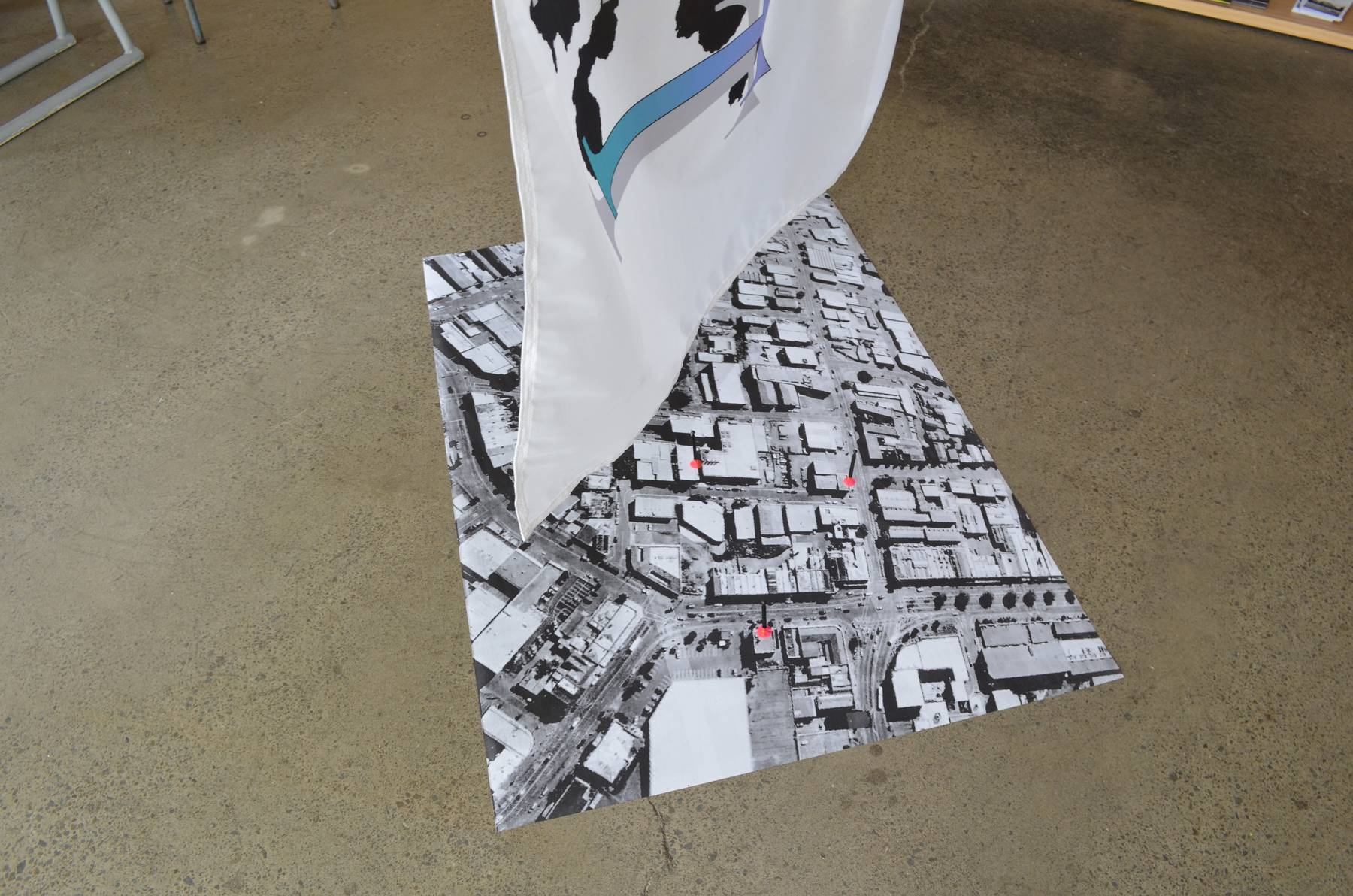
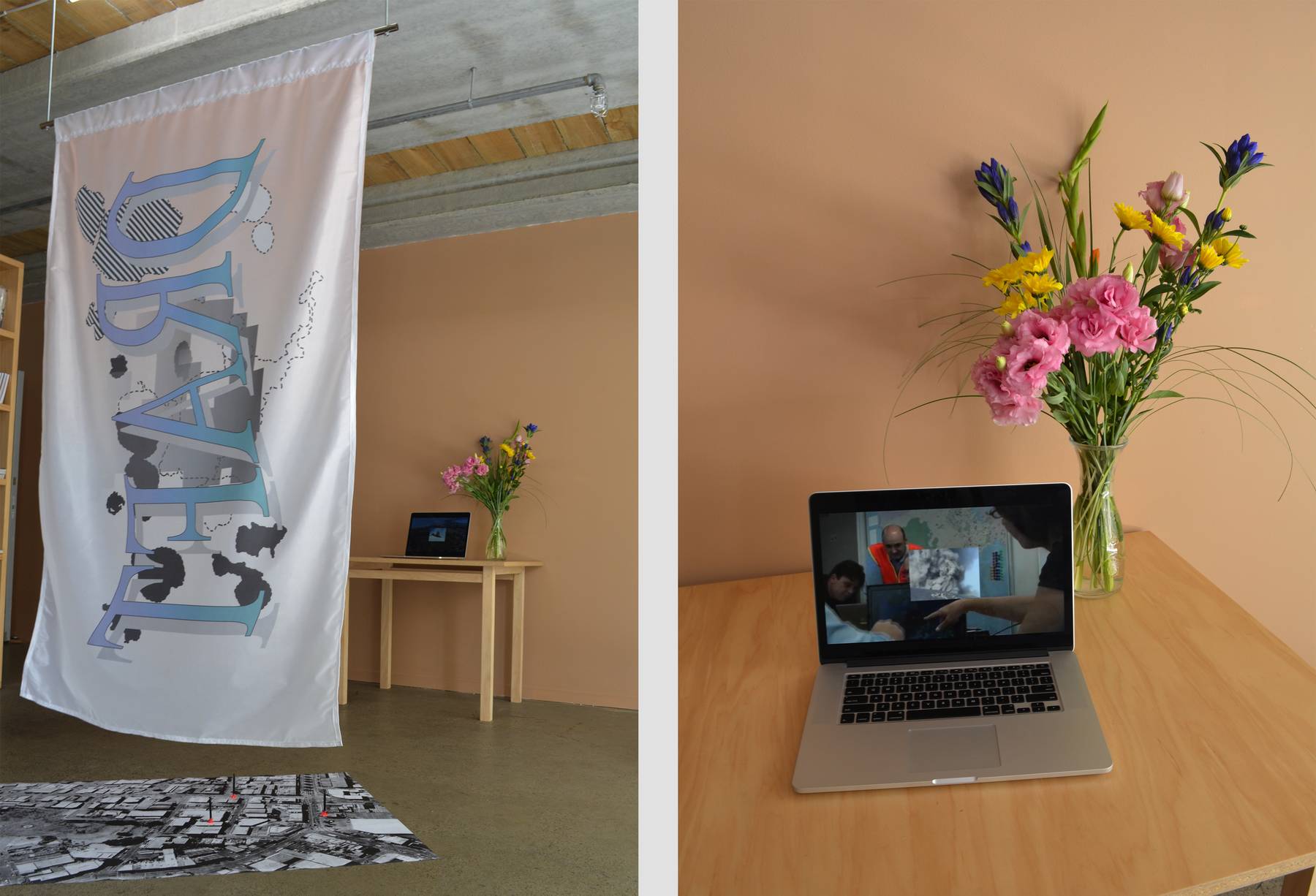
Phase 3: Final Work
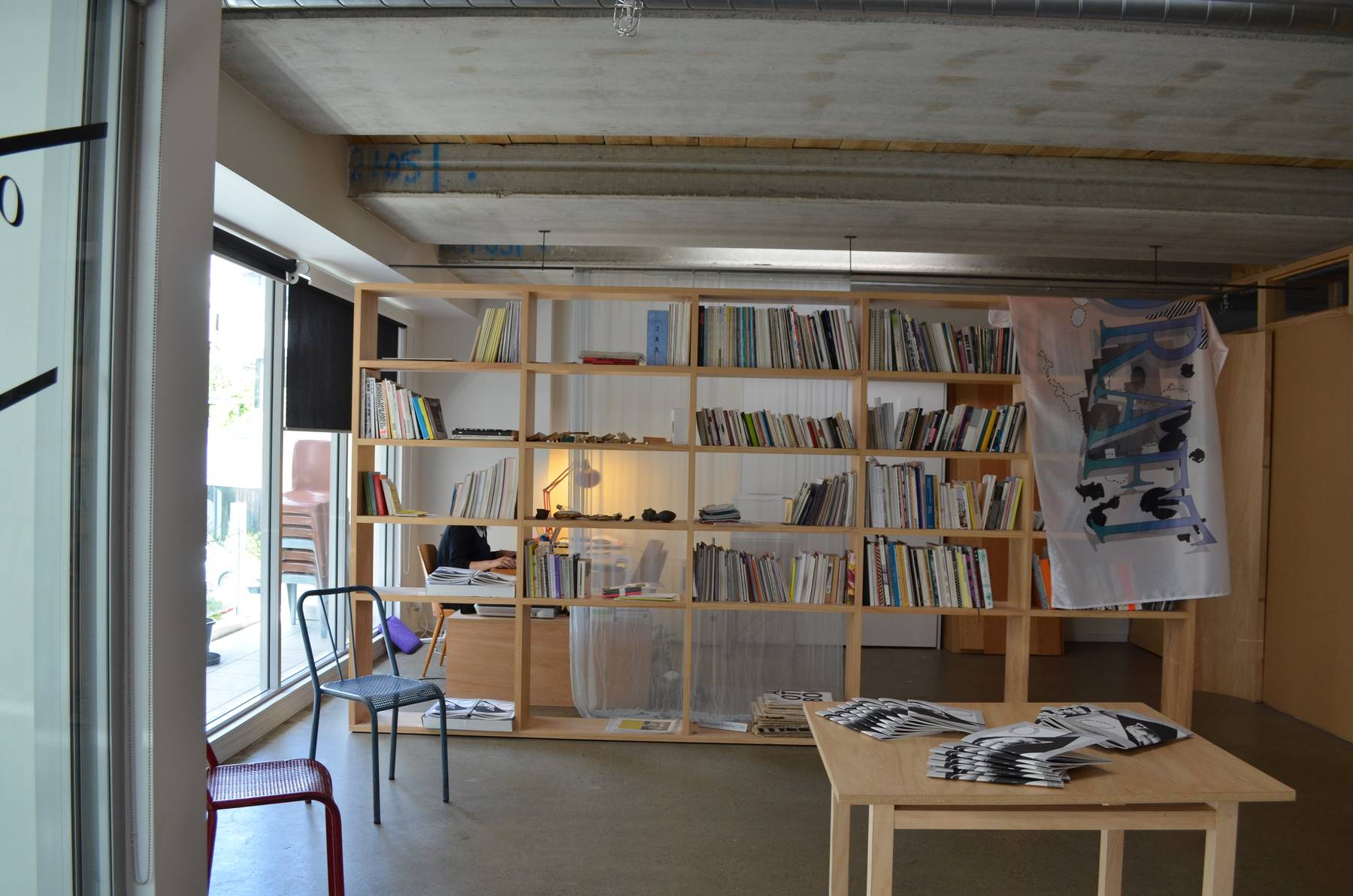
We returned to Auckland following a 3 week absence, which we used to produced the final work for the show and printed a publication that catalogued all the writing we had done around each inquiry. This work included new flags attached to the outside of the space, to delineate it's somewhat hidden-from-view position and a flag a couple of blocks away on an existing flag pole. We also made posters that catalogued some of our favourite leisure boat names from Auckland's Baywater Marina, and got more hats made.
You can view the publication here, or download a pdf in order to read the content here.
